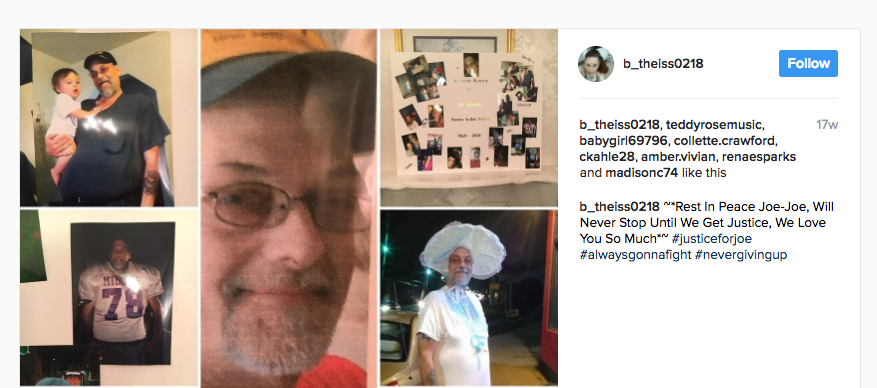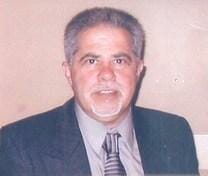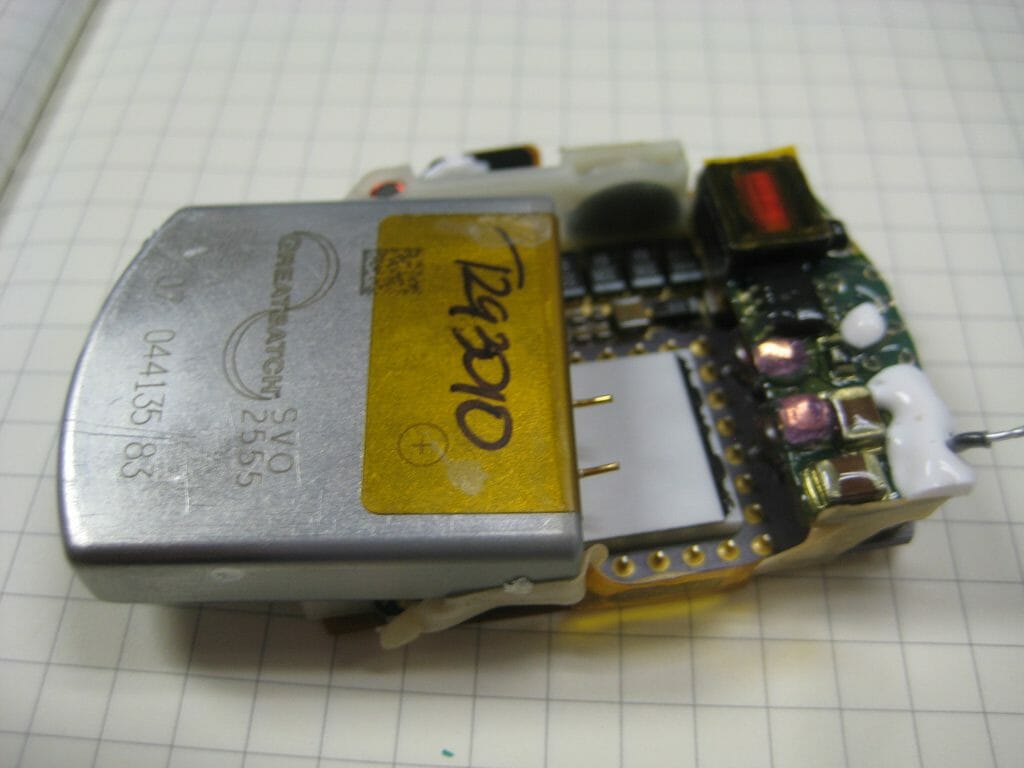Humans have a ‘black box,’ too
- March 21, 2017
- Posted by:
- Categories: Archer News, Cyber Crime, Hacking, Health Care Security, Posts with image, Smart Devices

Life-giving technology tells a story after death—a story that can help solve crimes.
Two dark November nights in an Ohio town. Two murders. Two houses stained with blood.
Both victims—both under age 50—shared a common link: a medical device implanted in their chests that gave at least one clue to help solve their cases.
For police in Middletown, the pacemaker has become one of their newest tools for criminal investigations.
The silver-dollar-sized boxes have given up evidence in two murders and an arson case—just in the last six months.
How did this town of just 50,000 become one of the country’s leaders in using pacemaker and defibrillator technology to investigate crimes?
“It was just the old-fashioned, intuitive, suspicious mind of an investigator taking it to the next level,” said Lt. Jim Cunningham, Middletown’s criminal investigations commander.
The murders
He died in his kitchen, a block or two from the Middletown’s cemetery and arboretum.
Joe Romano, age 47, was shot three times.

Instagram post showing pictures of Joe Romano. Image via: Instagram b_theiss0218
His two housemates reported finding his body at 8:00 am. Police, however, said they gave conflicting statements to investigators, bringing the facts into question.
“We used the information from his pacemaker to ascertain his time of death,” Cunningham told Archer News.
With the pacemaker data and deeper investigation, the facts eventually came together.
His housemates were charged, not with his murder, but with obstructing official business.
House on fire
Less than 24 hours after Romano’s death, another home about a mile away went up in flames.
Inside, firefighters found a woman’s body, badly burned, at the top of the stairs.
Who was she?
The serial number on her implanted heart device—and some tattoos—revealed her identity.

Example of a pacemaker. Image via Pixabay
When did she die?
“We had no way of knowing because she was burned,” Cunningham said.
But the device ultimately revealed that, too.
Tiffany Hoskins had died before the fire began.
And investigators learned it was not an accident.

Tiffany Hoskins’ profile picture on her Facebook page. Image via Facebook Tiffany Hoskins
“She was shot in the back of head, doused with bleach and gasoline was spread on the floor,” Cunningham explained.
Hoskins was just 36, a mother of two boys, who went through surgery in 2011 to get a life-saving device for her delicate heart, which she had described as only “30% working.”
“U know sometimes i sit and wonder how i am still here after 6 heartattacks how im still here???” Hoskins wrote on her Facebook page in 2010. “I would have to call myself the luckiest woman alive,,,dont u think???”

The connection
Two murders. Two heart devices serving as timekeepers of life and death.
But Romano and Hoskins shared a deeper connection.
They were murdered by the same killers, Cunningham said.
Just before Christmas, police arrested three members of the “Cincinnati White Boys,” a prison gang with a reputation for trouble, in connection with the crimes.
“They’re pretty violent people,” Cunningham said. “They’re really bad people.”
Charles “Ray Ray” Graham, Doug Best and Derrick Brown, all in their twenties, all charged with murder, kidnapping and more.

Mug shot of Charles “Ray Ray” Graham, a suspect in the November 2016 double murders. Image via Middletown Police
How it happened
The killers did not plan to take out Joe Romano, according to Cunningham.
They were after his housemate, Doug Hobbs—one of the people who reported finding his body—because he was romantically involved with a woman they wanted, a detective testified at a hearing.
“It was an ordered hit to kill the guy, Doug Hobbs,” Cunningham said. “They went there and then Romano got in the way inadvertently, so they killed him.”
Hobbs and his love interest had been visited by suspicious people in October, and taunted them on Facebook in the days before the killing.
“I hope the lil bitches come back tonight I got somethin for em,” wrote Hobbs on October 28, a week before his housemate was shot.

“If they do babe were going savage,” his girlfriend said in the same thread.
“You Dam straight baby girl I love you,” Hobbs replied.
Tiffany
The Cincinnati White Boys’ second killing in Middletown was not by chance, investigators said.
Tiffany Hoskins had spoken about her struggles with heroin on social media and even in an interview with a local paper.
“It’s not fun,” she told Ohio’s Journal-News in February 2016. “It’s like you’re always on the chase doing anything you got to do. Begging, stealing, you name it. It’s really hard to explain it.”
She ended up at a house party with the Cincinnati White Boys on November 5, soon after Romano’s killing, and somehow found out information about what happened, according to police.
“They executed this woman because she was going to tell us that she knew of the murder of the guy the night before,” Cunningham said.

Mug shot of Doug Best, a suspect in the November 2016 Middletown murders. Image via Middletown Police
Another house on fire
The idea to check the two heart devices came from another case not long before, Cunningham explained.
In September, Ross Compton’s Middletown home burned down under unusual circumstances.
“His defense was, ‘I couldn’t have done this because I have a pacemaker,’” Cunningham said.
But somehow, even with his heart problems, the 59-year-old year old claimed he was able to rush around, unplug and grab his computer, pack multiple bags, and carry it all out to his car in a very short period of time, according to police.
“The pacemaker he was carrying around, he’s using it as an excuse,” Cunningham said. “The obvious response to that is, ‘Well, let me see it.’”
When detectives checked his cardiac rhythms, they said it didn’t match his story of a sick man making a hurried exit from a burning home.
Other details also contradicted his claims, they said, like the gasoline they reported finding on his clothing.
Compton was charged with arson, and has pleaded not guilty.

Mug shot of Ross Compton, a suspect in a Middletown arson case. Image via Middletown Police
Technology revolution
The pacemaker arson case was a first for Middletown. And it could change criminal investigations around the world.
“This is the first widely-known case to use it,” said Betty Layne DesPortes, a criminal defense attorney in Richmond, Virginia, and the president of the American Academy of Forensic Sciences.
“Now that they have demonstrated how effective that can be and useful that can be in either corroborating or disputing someone’s story, I think that will be something, along with other digital evidence, that is more commonly used,” she told Archer News.
Checking ID
Investigators have used pacemakers and other medical devices to track down a victim’s identity for years, DesPortes said, though it’s not always easy.
Medical device serial numbers can indicate which company made the device, but after that, it can get tricky if doctors or hospitals have not kept good records on their patients.
“It’s similar to tracking a gun. You know the manufacturer that sold it, but it’s only as good as the records that exist from that point on,” she added.
But the strategy can work—even with the living.

Example of a pacemaker. Image via Pixabay
The owners of a title company in Florida disappeared with millions of dollars of their customers’ money in 2008, according to law enforcement.
Roger and Peggy Gamblin moved to Colorado and lived under fake names until Roger went into the hospital.
Doctors scanned his pacemaker and learned that the serial number belonged to a patient with a different name.
Federal agents arrested the Gamblins in 2010.
Roger Gamblin died in custody the next year at age 62 when his heart gave out. A judge sentenced Peggy Gamblin to 15 months in prison and told her she must pay back the more than $8 million the couple took from clients.

Roger Gamblin’s obituary on Legacy.com. Image via Legacy.com
Last breath
Using a pacemaker to determine time of death is a much newer strategy, according to DesPortes.
Investigators often use evidence like when a person was last seen or when they last used their phone to help establish when they died, but to learn the actual moment when a person’s heart stops is “very effective,” she said.
A Toronto man sued police in 2015 over their investigation into his father’s murder in 2012.
Frank Cara was arrested and sent to jail after he reported finding his 56-year-old father dead at home with a knife in his chest.

Claudio Cara was murdered in his home in 2012. Image via Durham Regional Police
Much later, he discovered that his father’s pacemaker recorded the time of death as about 10:35 am the day of the murder, a time when Cara said he was far from his father’s home, reported the Toronto Star.
Family members and friends corroborated his alibi.
A judge released Cara from jail, and the murder appears to remain unsolved.
Heartbeat as evidence
Middletown’s pacemaker arson case takes medical device data a step further.
“What’s new is using the data that the pacemaker itself collects and using that in the criminal case,” DesPortes said. “That is unusual.”
Other cases using this kind of pacemaker data are hard to find.
The story of Ulisa Chavers is one of the few.
Chavers told detectives that her missing boyfriend was alive and riding with a motorcycle gang in Montana.
But a cadaver dog found her boyfriend’s body in a well on their Virginia property in 2009.
Chaver’s story changed. Reginal Bowles, age 53, was not on a biker trek, but had actually died of natural causes after his “pacemaker was going bonkers all night,” she said.
But the pacemaker manufacturer examined the device and said there was no evidence to support her claim.

Example of a Medtronic pacemaker. Reginal Bowles had a Medtronic pacemaker in his chest, according to reports. Photo credit: Fauxlaroid via Foter.com / CC BY-ND
An autopsy showed Bowles had a lethal dose of benzotropine—a medication he was not prescribed—in his body.
Chavers eventually made an Alford plea, where she agreed to plead guilty to killing Bowles but did not actually admit to the crime.
Soon after, she entered the same plea in the murder of her husband, Clent Chavers, who disappeared in 1994.
Drawbacks
The pacemaker will not become a smoking gun for all cases, according to DesPortes.
“It’s never going to tell you, ‘Yes, the person’s guilty,’ or, ’No, the person’s innocent,’” she said. “It’s not going to directly answer the ultimate issue question, but it will provide you very valuable information to help make that determination.”

Example of an electrocardiogram. By GiggsHammouri CC BY-SA 3.0 via Wikimedia Commons
In addition, the criminal system “tends to skew a bit young,” she explained, which means many accused crooks would not have a heart implant to give them away or support their alibis.
Hacks
Researchers have warned about cyber crooks hacking live pacemakers in your chest, and there are also concerns about pacemaker hacking after death—a killer trying to change the evidence.
That could be “fairly easy” to do, said Paul Anderson of cybersecurity company GrammaTech.

Example of a pacemaker. Photo credit: Travis Goodspeed via Foter.com / CC BY
“I could imagine murdering somebody, and then if I had the right equipment, somehow modifying that data to make it look like the time of death was either a lot earlier or a lot later in order to make my alibi work more effectively,” he told Archer News.
In some cases, crooks could use a device to intercept communications between the pacemaker and its accompanying phone or computer, or find a software flaw.
“We do see with some organizations doing medical device software development that they don’t pay enough attention to software quality in general,” he said. “Security is an afterthought.”
New tech
Technology has changed to make investigations with medical devices easier.
In 2000, Tasmanian investigators used pacemaker information in a murder case to determine an exact time of death and debunk the killer’s alibi.
But they said they had to grab the information within about 36 hours, before it disappeared.
“We were just in the nick of time,” said Dr. Harry Mond, a coroner’s consultant in the case, according to news reports.

Pacemaker parts. Photo credit: Travis Goodspeed via Foter.com / CC BY
Now, the data is more available. And you can expect more warrants for that data as investigators around the world see new possibilities.
“Any time you have an opportunity for objective info to help you determine the truth of a situation, that’s always a good thing,” DesPortes said.
Living witness
The heart devices that kept Joe Romano and Tiffany Hoskins alive—for as long as they could—are still telling their stories in the courts.
One of the Cincinnati White Boys, Derrick Brown, pleaded guilty to aggravated murder and kidnapping this month, but the other two suspects still face hearings and legal proceedings.

Mug shot of Derrick Brown, who pleaded guilty to criminal charges in connection with the November 2016 Middletown murders. Image via Middletown Police.
At least one suspect has confessed, police said.
Romano’s housemates pleaded guilty to “attempted obstructing official business” and received suspended sentences of 30 days in jail and a $150 fine.
The Middletown cases are part of a technological revolution.
But for Cunningham, that “black box” for humans is only part of the equation.
“You can’t replace people with technology,” he said. “You still have to have the suspicious mind for the investigative side of it to take it to the next level.”
